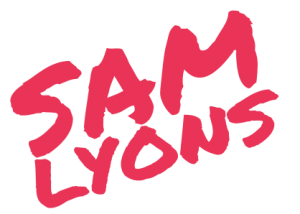In their article on Network Structure of an AIDS-Denialist Online Community Rykov, Meylakhs and Sinyavskaya tackle a topic that has wide ranging implications – how can we counter false information being spread by social media?
The authors explain that people afflicted with AIDS often turn to online communities for help. The majority and most powerful of these communities are those where sufferers support each other. The consequence is that health care providers and institutions are not the main sources of health information and do not enable formation of dense and sustained communities.
Communities can spread their views to new members of their groups even if that information is inaccurate through a phenomenon called “social contagion”. Those people that engage more in the community are more likely to receive emotional support and therefore are more susceptible to accepting the views of the community. It is possible to identify these people using social contagion theory. Once you have identified those who are more at risk, it is possible to focus your counter message on the people

doubting members; blue—“orthodox” members; gray—unknown; larger vertex size = higher
activity)
Through community activity it is possible to identify the leaders in the community. Those people with the highest number of posts and most friends within a community have the most influence. It is similarly possible to identify posts that have the most influence over the group. It is often the uncontested posts i.e. the posts with few comments but a large number of likes that are the most influential.
It was not surprising to me that those people who participated more in the social network community were more susceptible to accepting the ideas of that community. Similarly, identifying that leaders were those with greater numbers of posts and friends within a network was not a shock. What the article does well is to explain reasons for these things and to use statistical analysis to show how you can quickly map out the leaders and those ‘at risk’, even in a very large community.
These techniques would be very valuable in countering messages that are harmful but similarly it could be utilised in an education setting to identify the effectiveness of your course and the adoption of your message. A teacher could flip the focus of the statistical analysis to focus on those who are not engaging in the community and try and encourage them to participate more to increase their learning experience.
Reference
Rykov, Y. G., Meylakhs, P. A., & Sinyavskaya, Y. E. (2017). Network Structure of an AIDS-Denialist Online Community: Identifying Core Members and the Risk Group. American Behavioral Scientist, 61(7), 688–706. https://doi.org/10.1177/0002764217717565

